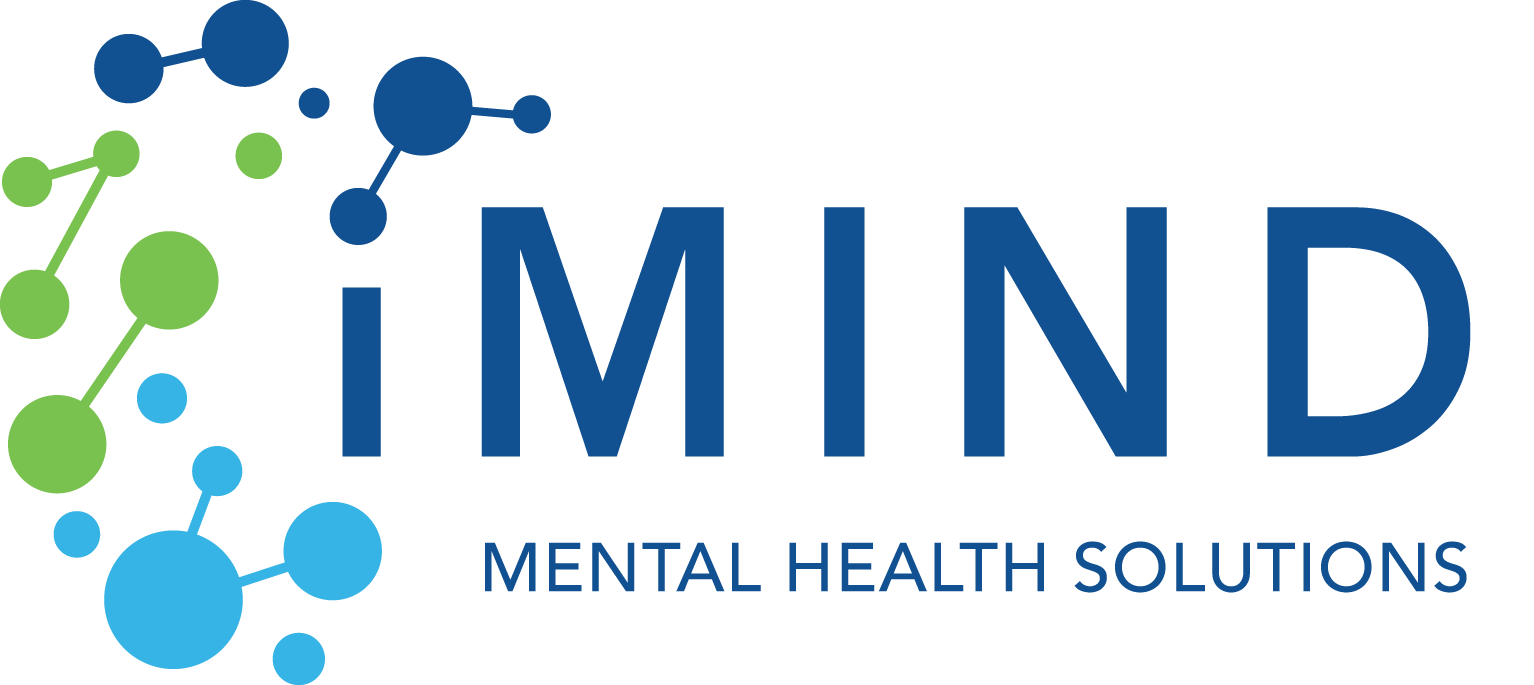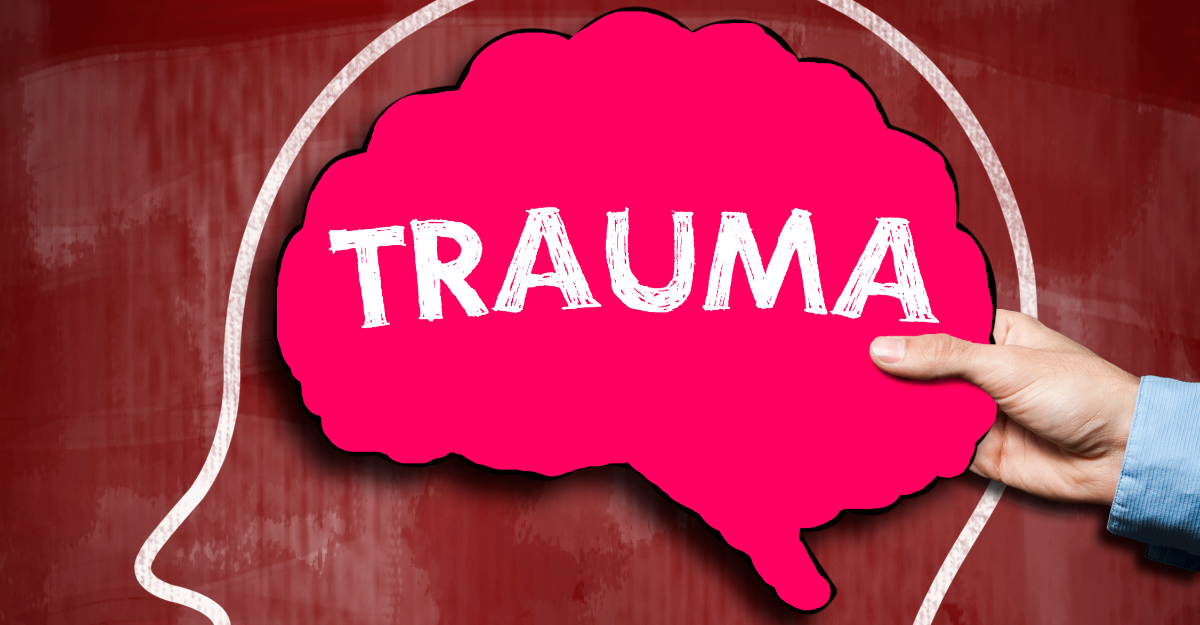The Benefits of Exercise for Mental Health
Published By Justin Baksh, LMHC, MCAP
November 8, 2023

When we think about exercise, what often comes to mind are the physical benefits: leaner muscles, lower body fat, and improved cardiovascular health, to name just a few. While these are undoubtedly important advantages, they only paint half the picture. Physical exercise is not just about flexing your muscles; it’s equally crucial for maintaining and enhancing your mental health.
Many people overlook this facet, focusing solely on the visible changes that come with a dedicated exercise regimen. Yet, the invisible transformations—those that happen within the complexities of our mind—are equally significant. From enhanced mood and improved cognition to stress relief and better self-esteem, exercise provides a bonanza of benefits for mental wellbeing.
The Science Behind Exercise and Mental Health
“My therapist pointed out once that walks and runs are bilateral stimulation, much like is used in eye movement desensitization and reprocessing (EMDR) therapy, and that taking a walk or a jog can help with trauma reprocessing… That is why I exercise — right there. It helps me fight back against PTSD.”
–Aubri, child development director, in an article for Bustle
Physical activity acts like a natural tonic for various mental health conditions, from depression and anxiety to stress and cognitive decline. It offers us a chemical reset for our brains, releasing a cocktail of endorphins that elevate mood and counteract stress hormones like cortisol.
As our heart rate increases, so does the flow of blood—and, consequently, oxygen —to our brains, laying the groundwork for neuroplasticity, the brain’s incredible ability to adapt and forge new neural connections. There are multiple ways that exercise benefits mental health. But how does it do all of this exactly?

Endorphins and the Brain
Endorphins are released as a natural bodily response when you partake in high-intensity physical activities like running or cycling. Acting as natural mood enhancers and pain relievers, these neurochemicals can lead to feelings of wellbeing and, in some instances, euphoria. The effect is so profound that it is often referred to as the “runner’s high.”
Several studies back this understanding. A landmark research paper published in the Journal of Psychiatry & Neuroscience found a positive correlation between exercise and endorphin release, indicating improved mood and emotional well-being (Boecker et al., 2008). The release of endorphins is more than just a momentary lift in spirits; it’s a biochemical mechanism that can help manage symptoms of depression and anxiety over time.
Neuroplasticity and Cognitive Function
Beyond affecting our mood, exercise can lead to discernible changes in the structure and function of the brain. One of the most exciting discoveries in neuroscience over the past two decades has been the concept of neuroplasticity—the brain’s ability to form new neural connections throughout life. Exercise stimulates the production of proteins like Brain-Derived Neurotrophic Factor (BDNF), which facilitates neuroplasticity.
Research by the National Academy of Sciences highlights how aerobic exercise can increase the size of the hippocampus, a brain area involved in memory and learning (Erickson et al., 2011). The implications are far-reaching, suggesting that regular physical activity could be a preventive strategy against cognitive decline as we age, or even certain neurodegenerative disorders like Alzheimer’s disease.
Reduction in Stress Hormones
Physical activity has a dual role: it not only promotes the release of beneficial hormones but also mitigates the secretion of stress hormones like cortisol. Cortisol, often referred to as the “stress hormone,” is essential for survival—it’s what helps us respond to immediate dangers. However, elevated cortisol levels over a prolonged period can lead to numerous health issues, including increased stress and anxiety.
A study in the Journal of Clinical Endocrinology & Metabolism demonstrates that moderate exercise can reduce cortisol levels (Hill et al., 2008). The research suggests that exercise acts as a natural buffer against stressors, helping the body revert to a state of hormonal balance and mental tranquility.
Types of Exercise and Their Mental Health Benefits
Understanding the various types of exercise and their specific mental health benefits allows for a more targeted approach to physical activity. Whether you seek to alleviate stress, elevate mood, or enhance cognitive function, there’s likely an exercise regimen that can cater to those specific mental health needs.

Aerobic Exercise: Mood and Cognitive Function
In addition to a host of physical benefits such as weight loss and maintenance, strengthening your cardiovascular system and shutting down viral illnesses, aerobic exercise has proven mood-boosting effects.
Activities like walking, running, cycling, and swimming offer an immediate lift in your sense of wellbeing.
This rush of endorphins and other neurotransmitters like serotonin makes aerobic exercise especially effective for managing depression and anxiety.
Don’t think you have time? Take heart! Even just a brisk 10-minute walk is enough to feel better.

Strength Training: Stress and Self-Esteem
Lifting weights or engaging in body resistance exercises like push-ups and squats not only builds muscle but can also act as a stress reliever.
A study in the Journal of Clinical Endocrinology & Metabolism indicates that moderate exercise like strength training can help lower cortisol levels.
It has also been shown to lower levels of depression and anxiety, improve sleep and boost cognitive function.
Additionally, the visible gains from this type of exercise can boost self-esteem and body image, reinforcing a positive mental state.

Yoga and Pilates: Mindfulness and Flexibility
Yoga and pilates offer a unique combination of physical exertion and mindful meditation.
The emphasis on breathing techniques and postural alignments promotes mental clarity and focus as well as relaxation. These activities are excellent for reducing stress and enhancing emotional wellbeing.
In addition to its anxiety and depression relieving effects, some research even suggests yoga can be an adjunct treatment for mental health conditions like PTSD. Pilates has the added bonus of improving functional movement as well as your overall health.

Dance and Movement Therapies: Emotional Expression and Social Interaction
The act of dancing combines physical movement with emotional expression. It allows for creativity and often involves social interaction, which can alleviate feelings of loneliness or isolation, fostering a sense of belonging and community.
The emotional release and social aspects make dance and movement therapies particularly beneficial for mental health. It has been shown to lift your mood and provide relief from anxiety and depression symptoms.
Dancing and other similar exercise also boosts self-esteem through the mastery of new skills.

Outdoor Activities: Connection with Nature
Activities like hiking, kayaking, and even gardening offer not only physical benefits but also a unique mental health angle—the connection with nature.
Research suggests that spending time outdoors can relieve stress, improve mood, and even enhance cognitive function.
The exposure to sunlight can also increase your levels of vitamin D which have been shown to fight depression. Nature increases our creatively, our levels of joy, and promotes a sense of calm.
Finally, it beats the monotony of staring at the gym or bedroom wall while on a treadmill or cycle.
How to Make Exercise Part of Your Mental Health Routine
It is one thing to know that exercise can bolster your mental health. It is another to put this knowledge into practice. If it’s been a while since you laced up those sneakers, here are some tips for easing back into exercise.
8 Practical Tips for Incorporating Exercise into Daily Life
- Start Small, Scale Gradually: If exercise hasn’t been a part of your routine, it’s crucial not to overwhelm yourself. Start with just 10 minutes a day and gradually increase the time as you become more comfortable. This incremental approach reduces the risk of burnout and makes the habit more sustainable.
- Choose Activities You Enjoy: Choosing activities that bring you joy increases the likelihood that you’ll maintain a consistent exercise routine. Whether it’s dancing, cycling, or even a simple walk in the park, pick something that brings you joy and contentment.
- Set Achievable Goals: Having realistic and achievable fitness goals can provide motivation and a sense of direction. These could range from walking a certain number of steps each day to mastering a challenging yoga pose within a month. Achieving small milestones can boost your confidence and reinforce the habit.
- Exercise with Others: Engaging in group activities or having an exercise buddy can make the experience more enjoyable and increase accountability. From joining a local running club to signing up for a group fitness class, the social interaction can also offer additional mental health benefits like enhanced mood and reduced feelings of isolation.
- Make Exercise Convenient: One of the main reasons people skip exercise is a lack of time or convenience. Try to eliminate these barriers by choosing activities that fit into your daily routine and locations that are accessible. For instance, if you spend a lot of time at work, consider office-friendly exercises or a nearby gym.
- Listen to Your Body: It’s crucial to be aware of your body’s limitations and needs. Over-exerting can lead to injuries and demotivation. Conversely, your body will also signal when it’s ready for more challenging exercises, allowing you to safely ramp up the intensity.
- Integrate Mindfulness: Given the mental health benefits, incorporating elements of mindfulness into your exercise routine can make it even more impactful. Whether it’s focusing on your breath while running or being present during yoga, mindfulness can deepen the mental health advantages of physical activity.
- Consult a Professional: If you have pre-existing health conditions or specific mental health concerns, it’s advisable to consult healthcare professionals for tailored exercise recommendations. They can help you design a program that is both safe and effective for your unique needs.
Exercise Should be a Part of the Plan for Better Mental Health
Embarking on a journey of physical activity is not just an investment in your physical health, but a transformative pathway to enhanced mental well-being. By integrating even modest amounts of exercise into your daily routine, you set the stage for a more balanced, happier, and focused life. Don’t miss out on this readily available avenue to enrich your mental landscape; make the empowering decision to get moving today. Your mind will thank you.
- 8 People Explain How Exercise Makes Them Feel. (n.d.). Bustle.
- Boecker, H., Sprenger, T., Spilker, M. E., Henriksen, G., Koppenhoefer, M., Wagner, K. J., Valet, M., Berthele, A., & Tolle, T. R. (2008). The runner’s high: opioidergic mechanisms in the human brain. Cerebral Cortex (New York, N.Y. : 1991), 18(11), 2523–2531.
- Brennan, D. (2021, October 25). Mental Benefits of Dance. WebMD.
- Bratman, G. N., Hamilton, J. P., Hahn, K. S., Daily, G. C., & Gross, J. J. (2015). Nature experience reduces rumination and subgenual prefrontal cortex activation. Proceedings of the National Academy of Sciences, 112(28), 8567–8572
- Erickson, K. I., Voss, M. W., Prakash, R. S., Basak, C., Szabo, A., Chaddock, L., Kim, J. S., Heo, S., Alves, H., White, S. M., Wojcicki, T. R., Mailey, E., Vieira, V. J., Martin, S. A., Pence, B. D., Woods, J. A., McAuley, E., & Kramer, A. F. (2011). Exercise training increases size of hippocampus and improves memory. Proceedings of the National Academy of Sciences, 108(7), 3017–3022. https://doi.org/10.1073/pnas.1015950108
- Hill, E. E., Zack, E., Battaglini, C., Viru, M., Viru, A., & Hackney, A. C. (2008). Exercise and circulating cortisol levels: the intensity threshold effect. Journal of Endocrinological Investigation, 31(7), 587–591.
- Horbach, A. (2023, April 1). Weightlifting For Mental Health Improvement. Painted Brain.
- Lim, E. J., & Park, J. E. (2019). The effects of Pilates and yoga participant’s on engagement in functional movement and individual health level. Journal of Exercise Rehabilitation, 15(4), 553–559.
- Mental Health Foundation. (2023). How to Look after Your Mental Health Using Exercise. www.mentalhealth.org.uk.
- Trust, W. (n.d.). Woodland wellness: the benefits of exercising in nature. Woodland Trust.
- van der Kolk, B. A., Stone, L., West, J., Rhodes, A., Emerson, D., Suvak, M., & Spinazzola, J. (2014). Yoga as an Adjunctive Treatment for Posttraumatic Stress Disorder. The Journal of Clinical Psychiatry, 75(06), e559–e565.



